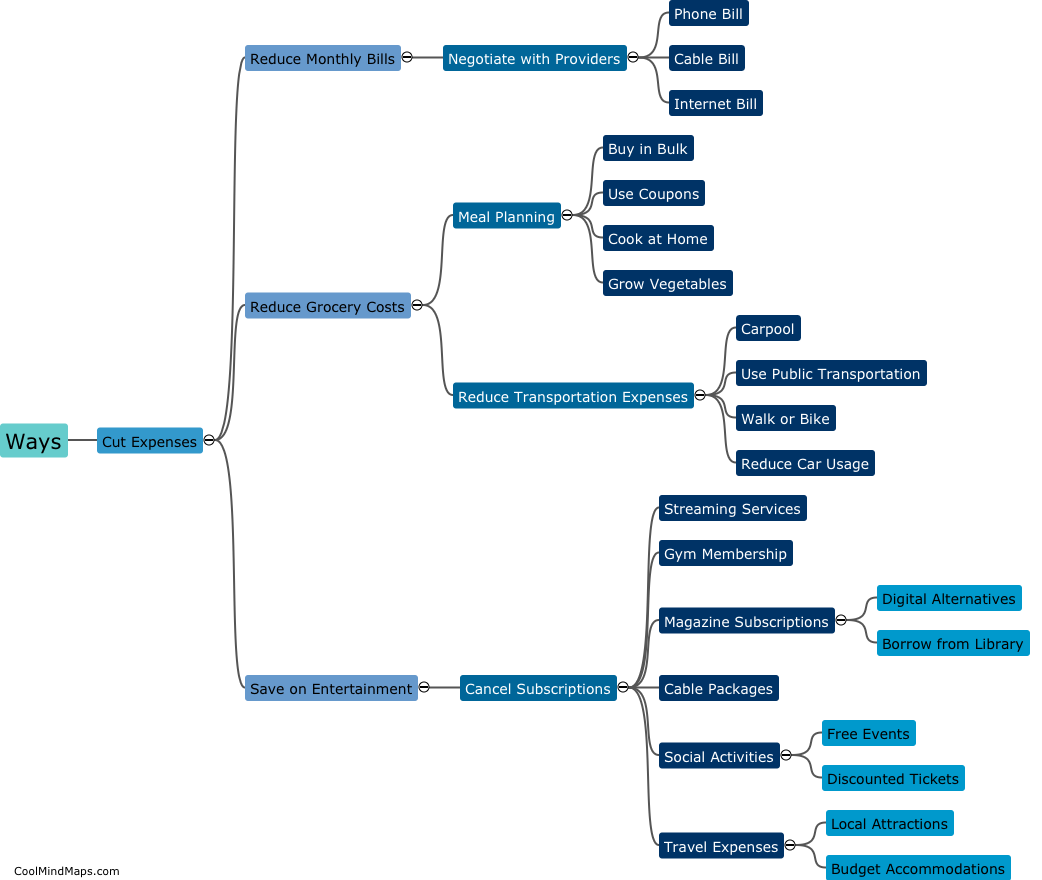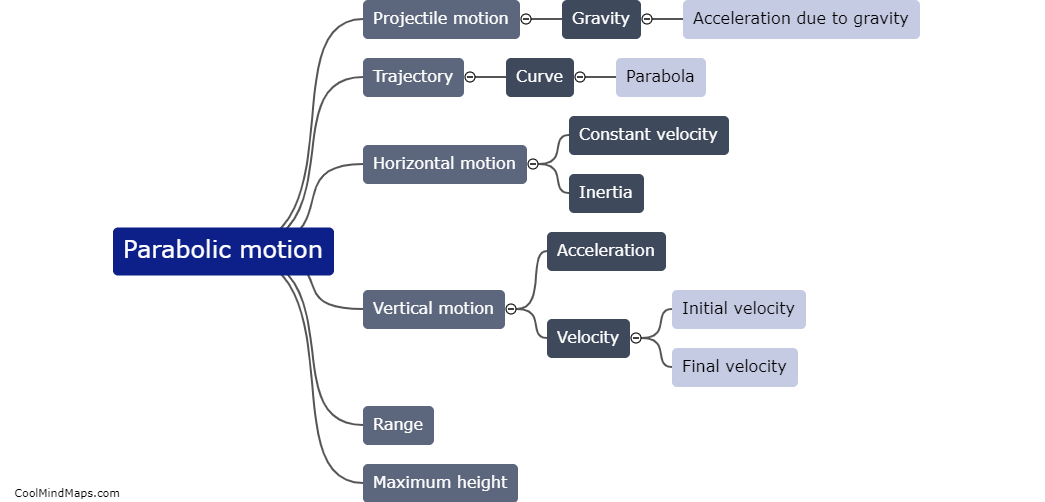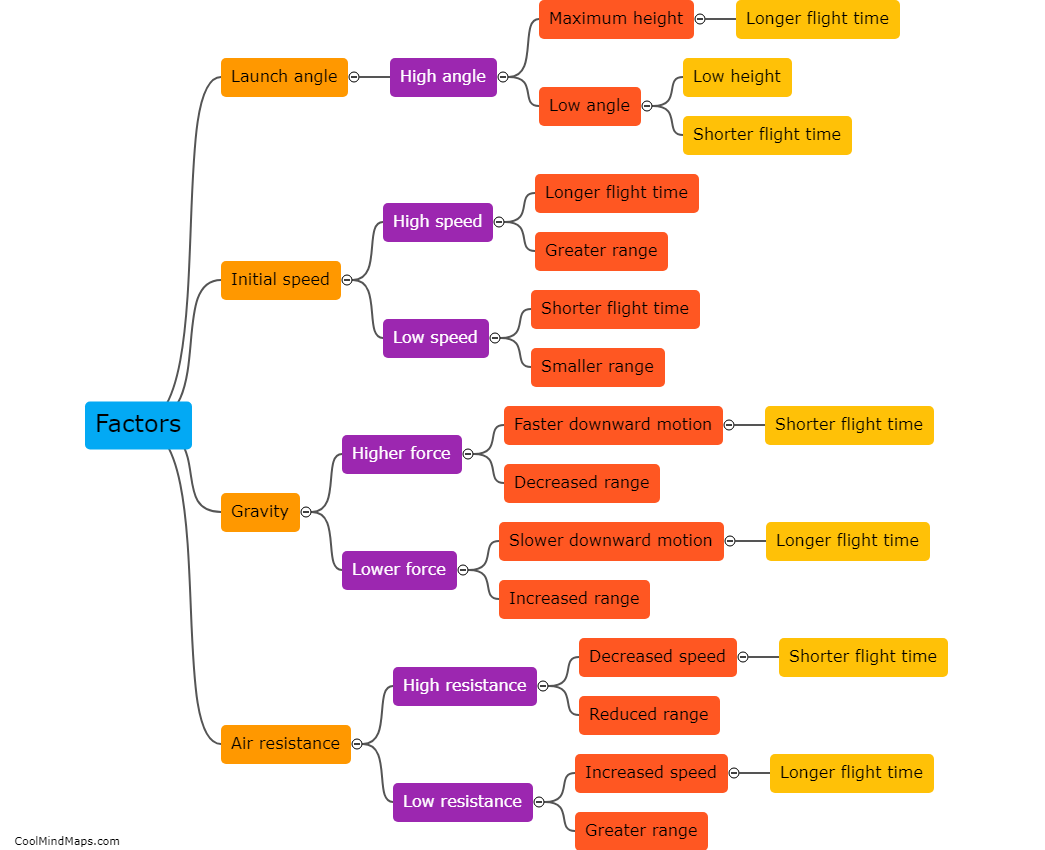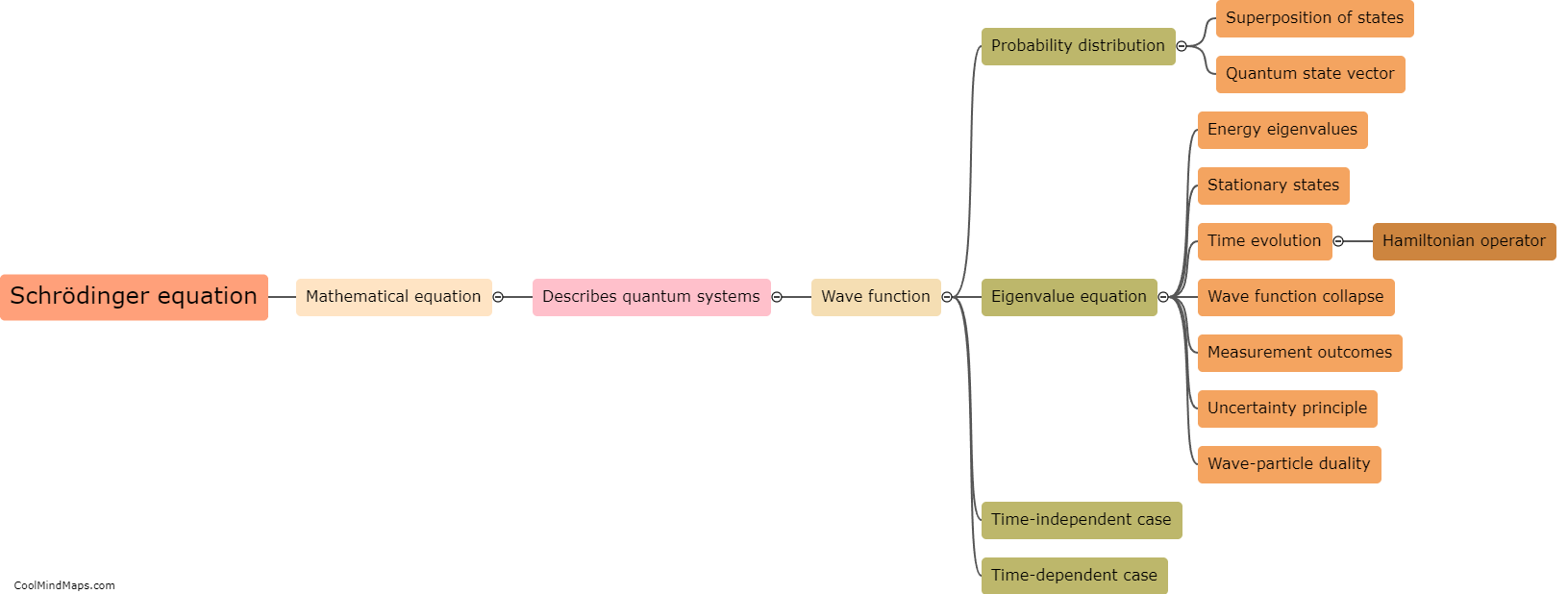What are Newton's equations?
Newton's equations, also known as Newton's laws of motion, are a set of fundamental principles that describe the relationship between the motion of objects and the forces acting upon them. Formulated by the renowned physicist Sir Isaac Newton in the late 17th century, these three laws lay the foundations of classical mechanics. The first law, often referred to as the law of inertia, states that an object at rest will stay at rest, and an object in motion will stay in motion with a constant velocity, unless acted upon by an external force. The second law defines the relationship between a body's mass, acceleration, and force, stating that the acceleration of an object is directly proportional to the net force acting on it and inversely proportional to its mass. Finally, the third law, often called the law of action and reaction, states that for every action, there is an equal and opposite reaction. Together, these equations provide a comprehensive understanding of the dynamics of objects and their interactions with external forces.
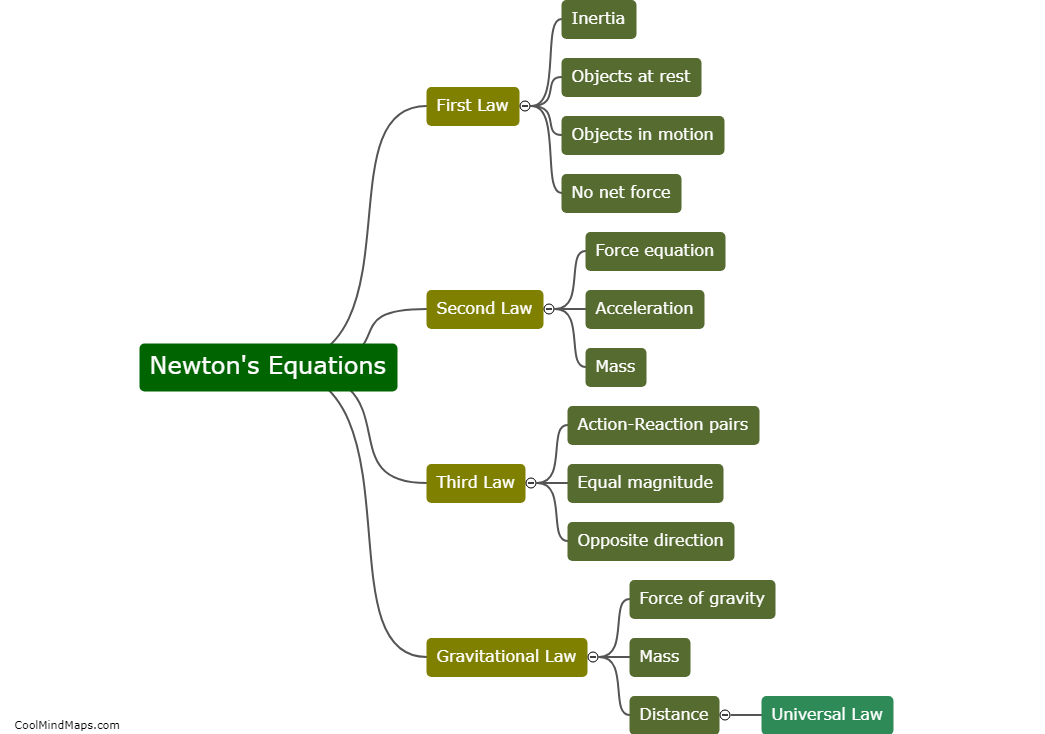
This mind map was published on 29 September 2023 and has been viewed 117 times.



